An Interview with Yu Rong
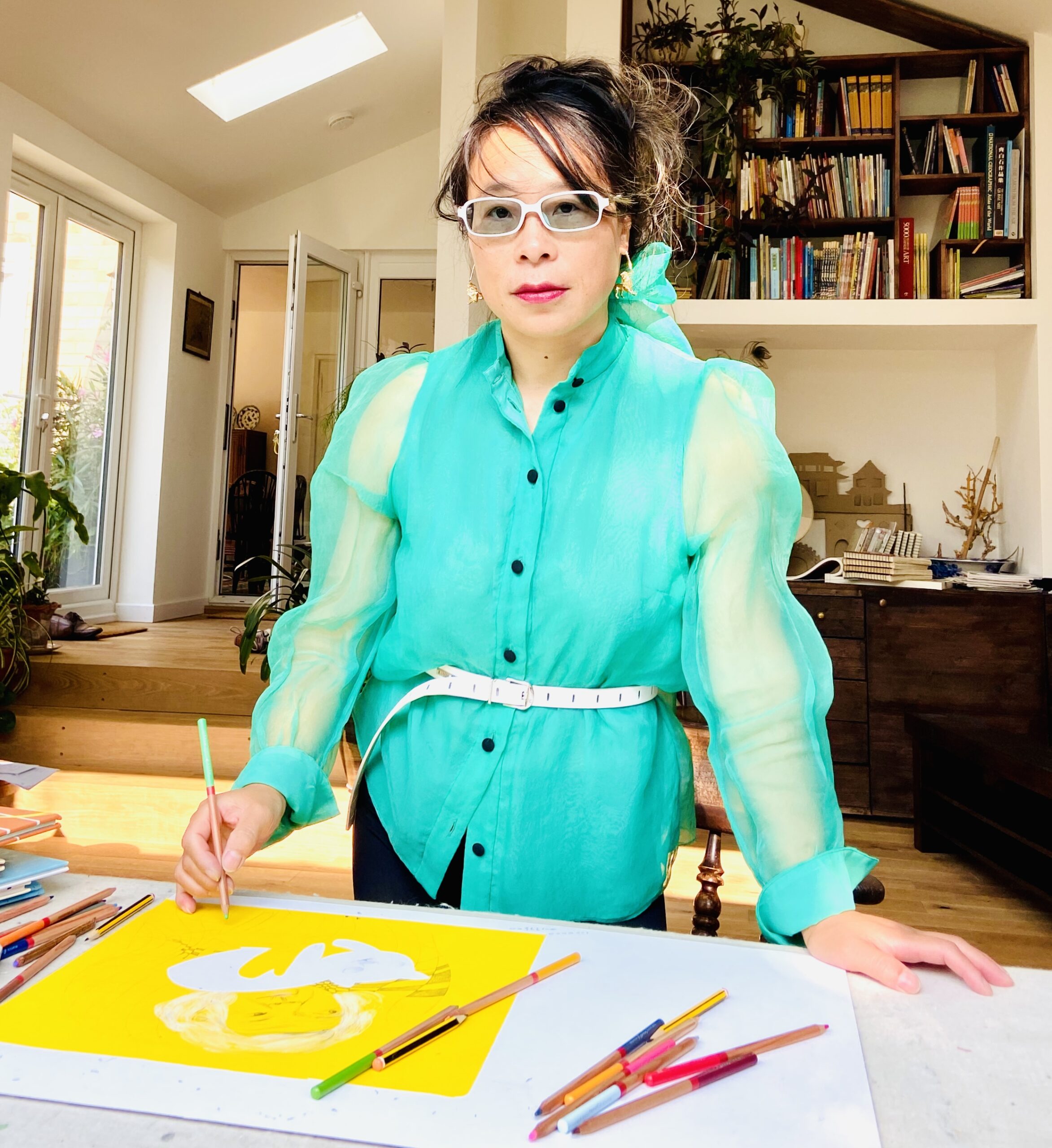
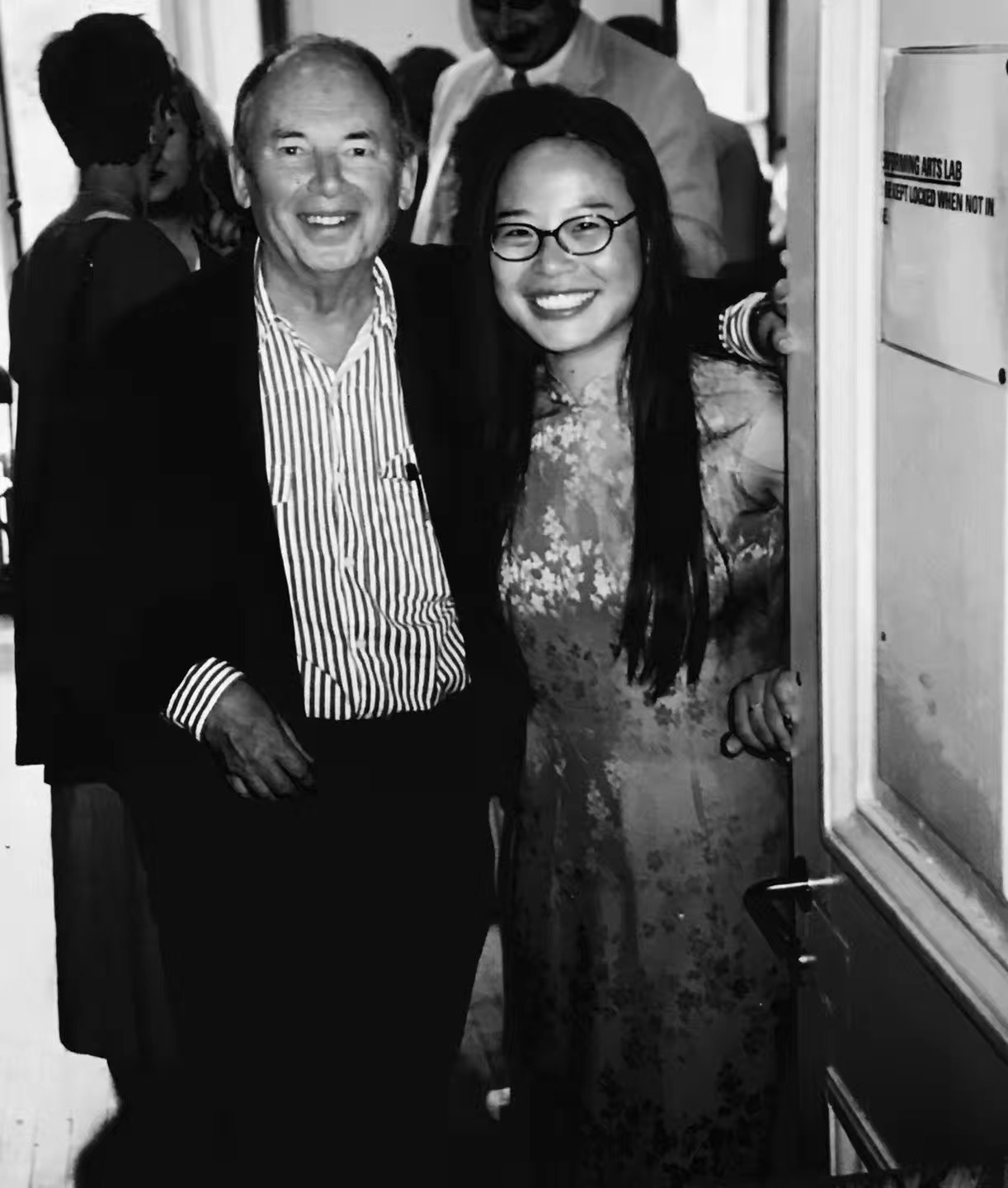
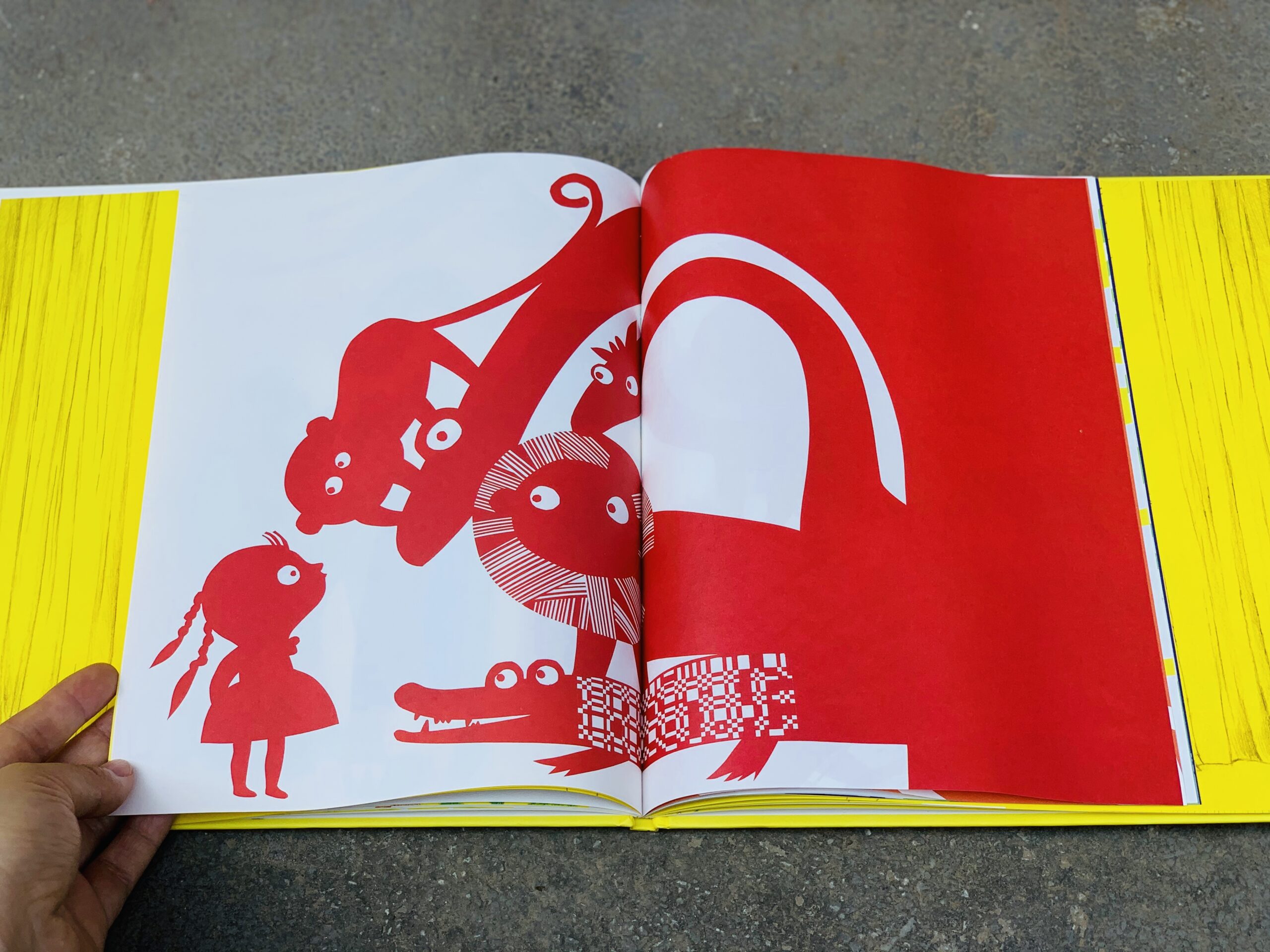
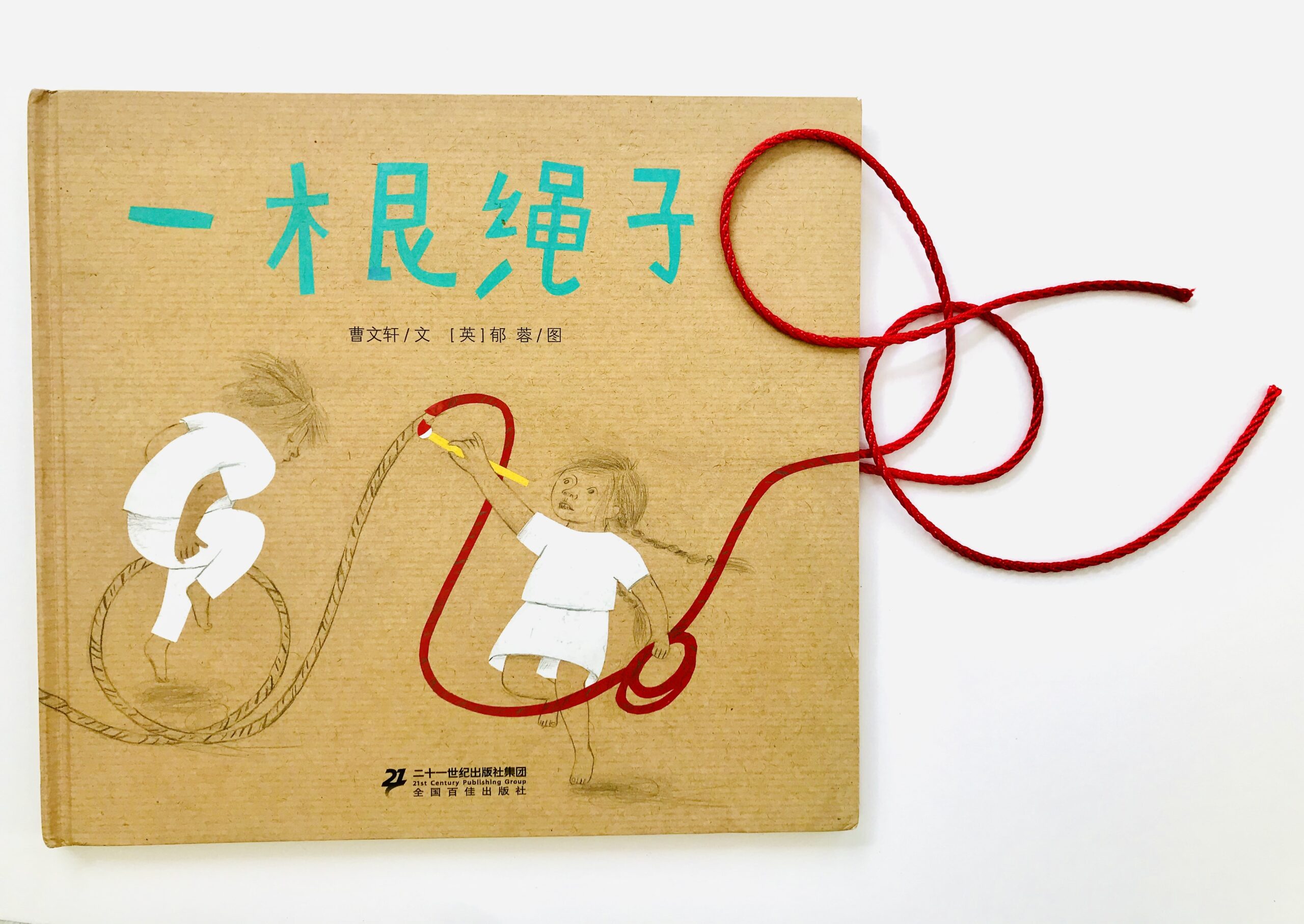
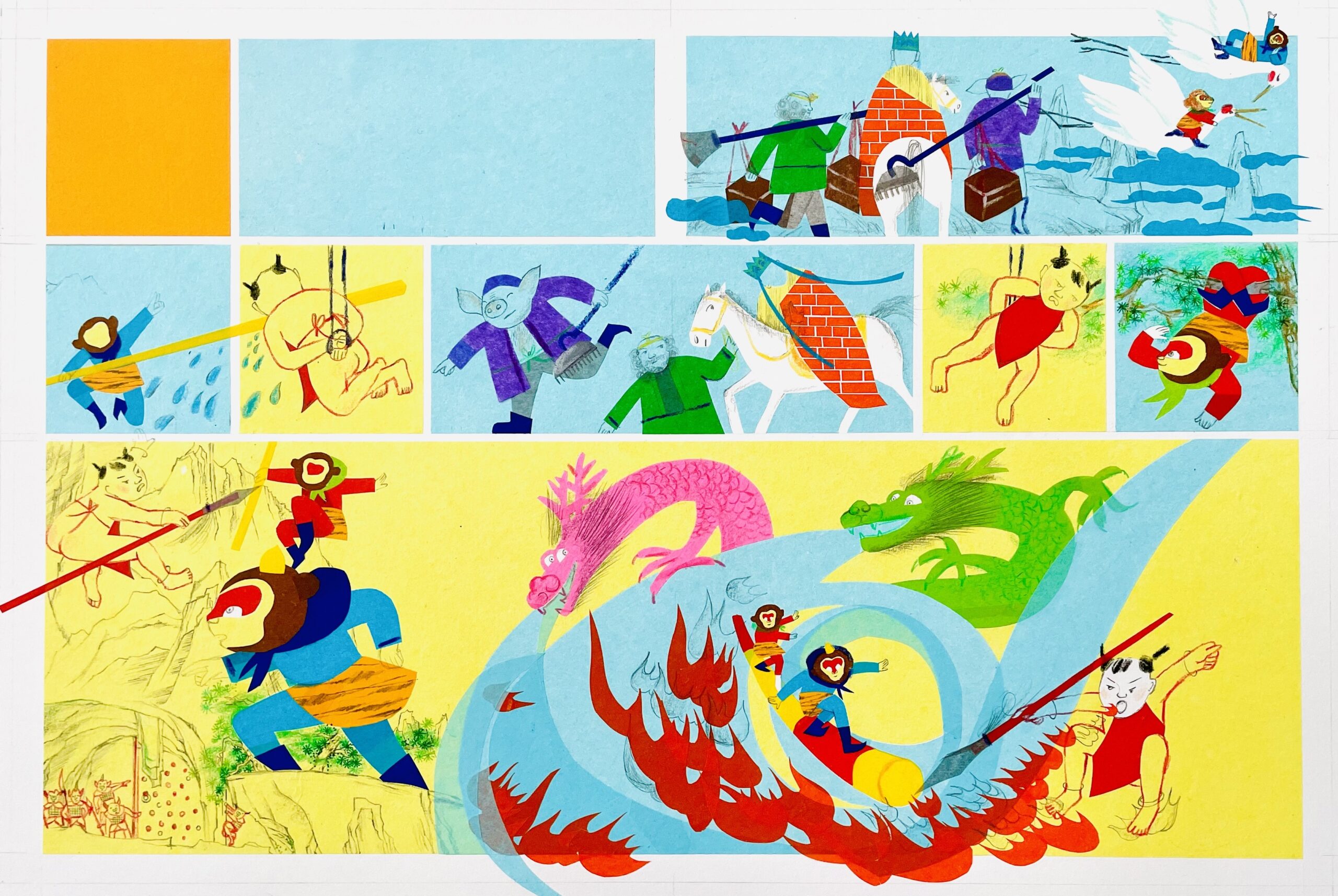
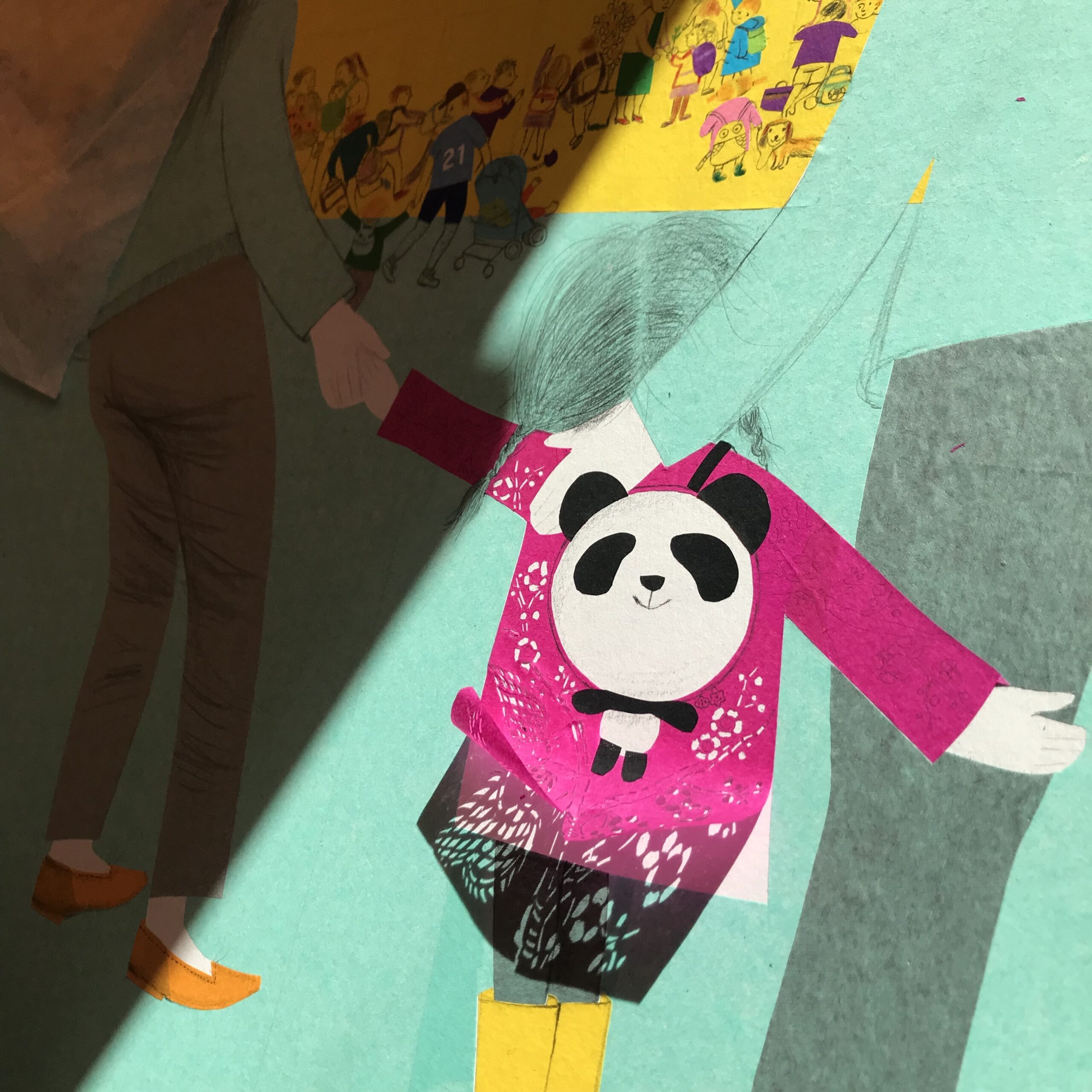
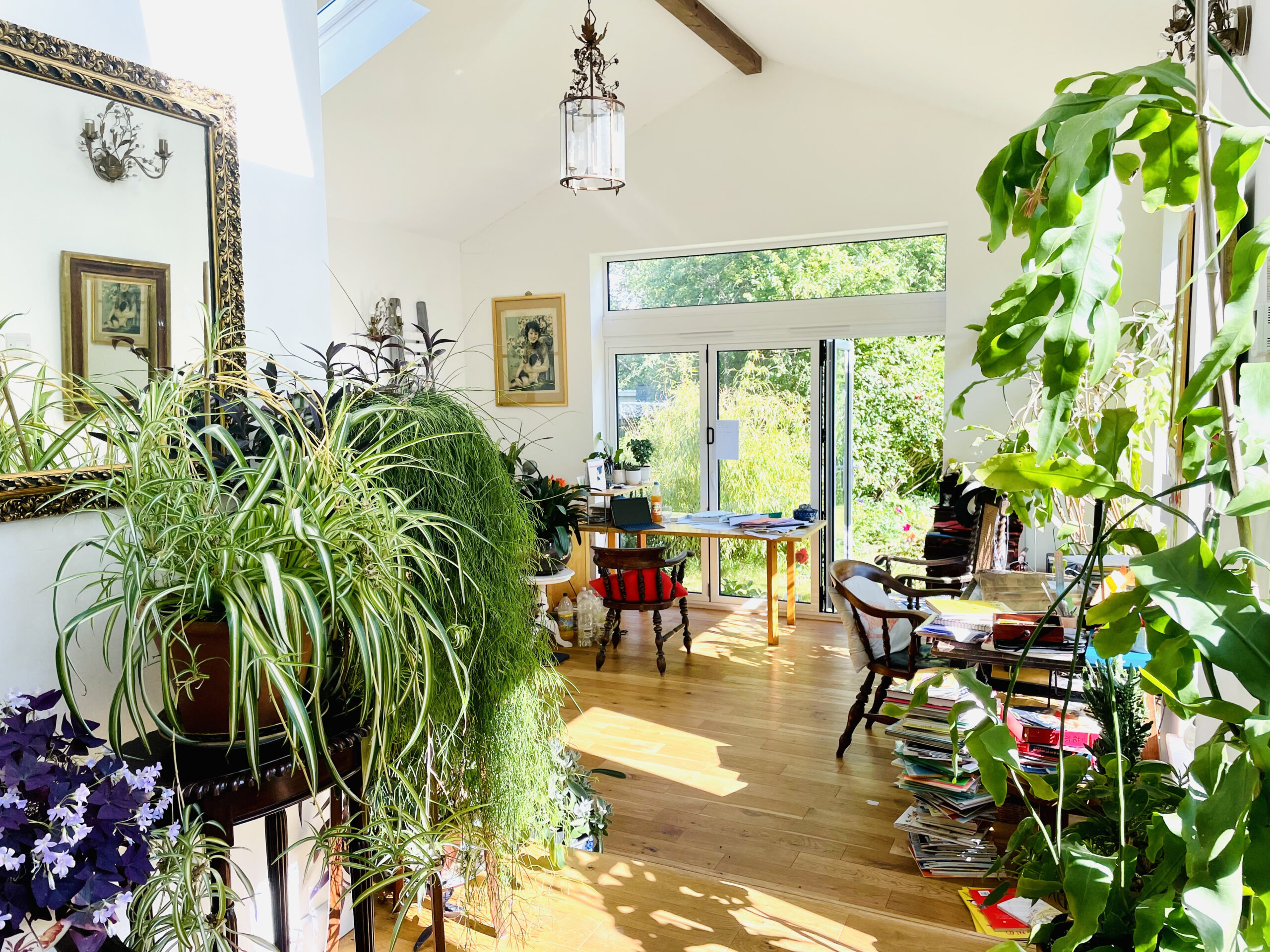
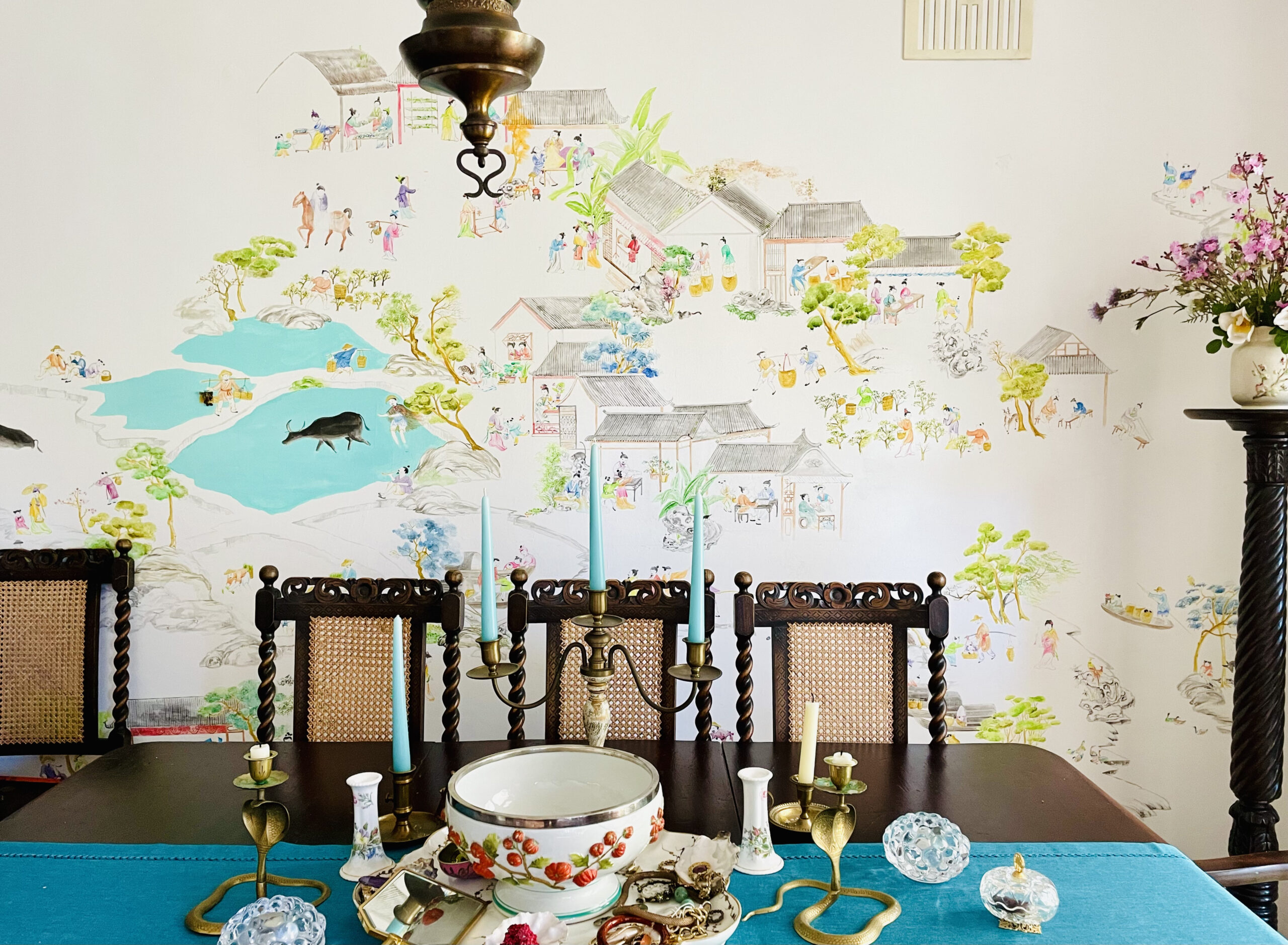
An interview with Yu Rong for the IBBY UK website with Carol Thompson.
Today, we’re talking to the acclaimed, award-winning British-Chinese children’s picture book illustrator Yu Rong who is now at home in a village close to Cambridge with her husband, three children and their dog, Captain Sniff.
Hello Yu Rong, thank you for talking to us. Firstly, CONGRATULATIONS! Shu Lin’s Grandpa by Matt Goodfellow, published by Otter-Barry Books, and which you illustrated has been shortlisted for the 2022 Yoto Kate Greenaway Medal. Can you please tell us about yourself and how you came to settle in England after gaining your BA in art from Nanjing Normal University Art College in China?
I got married to my German husband. He was doing his research at the university, so I came to the UK and joined him in Cambridge. Otherwise I would have planned to study graphic design in Hong Kong.
I grew up in a bamboo forest in an east coast city of China, very close to Shanghai. I had a wonderful childhood living in different parts of the countryside, following my mother’s post as a school teacher. After this, I became a primary school teacher for two years, I went to University to study art, including Chinese painting, lacquer painting, graphic design, calligraphy and folk art. I was then a graphic designer for a few years before I came to study at the Royal College of Art in 1998. During my first year of study, I received Sir Quentin Blake’s Narrative Award. At that time I didn’t know who he was! I wasted more than half a year’s time of tutorial with him. Knowing him and studying under him led me into the wonderful career of being a children’s book illustrator.
Your artwork is layered and intricate. We can see the hand of the artist in the artwork, which is so refreshing – traditional delicate Chinese papers, cut out and layered over pencil drawings, sometimes with the combination of Chinese brush painting. Can you tell us more about your special techniques and how you developed them?I
It is interesting that you observe my work in that way. I have never thought about it like that! I started to do paper cut following the very traditional Chinese folk art paper cut form, one toned red paper cut. People use them to decorate windows to celebrate festivals. I used different coloured papers to do paper cuts for my first book with Walker Books, A lovely day for Amelia Goose. I also explored the way one toned paper cut could combine with pencil drawing for my first book published in China, Free as a Cloud. Both experiments worked out rather well. Since then, I have been playing with papers, scissors, pencils, scalpels…for over 20 years. The whole process is to discover the best way I can interact with my materials and tools freely. It can be very complicated and time consuming. Eventually, I have turned a passive work method into a positive method, whether it is the cutout layered on the top of a Chinese painting or pencil drawing layered on the top of a cutout or a cutout layered on another cutout or even tea drops splashed on the top of a cutout…none of this matters to me anymore, the technique becomes a part of me. I am able to explore and play with the materials spontaneously because I know they are my best friends. They are helping me to create the messages and themes I wish to deliver through my books to readers. Last year I did a book based on a short poem, called Lost Child. I actually turned back to one-colour-toned original paper cut again, but this time I was far more free to express my visual imagination with this technique.
You’ve worked with leading Chinese authors. What do you think Chinese children’s books can bring to UK readers that might be missing from our home-grown books? Can you give an example?
I have worked with a Han Christian Andersen winner and nominees on several books. The picture book form has only been developed in China for around 20 years. During these years, China has been importing a huge amount of picture books from all over the world. In the meantime, China has been trying to make their own original picture books. We have
many authors and illustrators working on children’s books; it is almost a trend to do picture books.
To answer your question, I would say each culture is unique, if picture books can be a bridge to show the diversity of different societies, literature, art, custom, folk stories…that would be a great gift for all children around the world.
I love to think about the images from the eyes of children – how would they like to see the world with a great boundless playful view. The book A Rope is an innovative and creative book which creates a story-thread by using a rope right from the beginning of the book to the end of the book. The idea of this book, I believe, is beyond any language.
Currently, I am working on a book based on the Monkey King, a legendary mythical figure best known from the Chinese novel Journey to The West. This novel has been adapted into many forms of books, films and TV series. We grow up with his spirit; fun, royal, adventurous, rebellious, brave, powerful and magical. In the 1970s there was a TV programm based on him and his mate Pigsy broadcast here, it attracted lots of interest. This kind of character is beloved by children who wish they too could be friends with the Monkey King. Through stories this is possible!
Sometimes countries do things differently. How Is working with Chinese publishers and agents different from working with publishers and agents from the UK?
It can be very different working with publishers in different countries. In China, the children’s book society is booming with enthusiasm and energy, and the readers from young families are full of passion and curiosity to discover good children’s books to feed on. When working with Chinese teams, I’m expected to produce all of the illustrations for the book and I also design the whole book. They allow me to freely explore any possibilities to present books with a special design. For example, I have put a baby book inside a mother book; I have used a pop-up page as a surprise, and have used the shape of a footprint cutout on the book jacket as well as gatefolds. The team provides the best support and everything is done fast. After I finish all the illustrations, the book would be out on bookshelf in less than three months. When working with English teams, the process is much slower. I mostly focus on illustrations, the publisher, editor and book designer are involved more from the start and everything is planned more thoroughly, and in more detail. I love both ways, leading and being lead; as long as everything is well balanced, making children’s books is great fun.
In Shu Lin’s Grandpa, you sensitively portray a child as different, an ‘outsider’ amongst a community of noisy, nosy schoolchildren. Is inclusivity important to you in the stories you illustrate or write? Where did you find your characterisation, especially for the fabulous Grandpa?
Inclusivity is important for everybody, not only when you join a new school from overseas, but it happens at any age, at any time and at any place. When you move from kindergarten to reception, from high school to university, from home to society…it is a common situation when we face a new environment. How do we settle in? Being accepted by others, and showing our true real self is always challenging. Art being a bridge for bringing people together and creating a shared experience is universal. I have to say, thanks to my own childhood experience and my three children’s primary school experience in our village school, Shu Lin, as the main character, came to my heart naturally. I dressed her in pink clothes with typical Chinese motifs like the magpie on the plum blossom and carp jumping over the dragon’s gate. It is almost what I would have wished to wear as a child. Grandpa, the fabulous Grandpa, actually was inspired by a very good friend of mine, who is a fellow picture book maker, and he likes to wear a vest with a flat cap.
How was it working in collaboration with Matt Goodfellow, the English author of Shu Lin’s Grandpa? Was it a creative process?
Working with Matt was a pleasure. In the beginning we discussed the text a lot. I tried to capture his words in my visual language as well as developing my own visual storyline. Matt is very open minded and he is a good partner to work with.
Do your translators face any particular challenges when translating your books?
My books have been translated into more than 20 languages. I don’t normally get involved with translation. Helen Wang has translated a few of my books, I remember her saying, when she is translating picture books, she likes to layout the translation on the actual pages of the books, so she can see whether the text goes with images. I am very impressed and very happy for her to translate my Chinese books into English.
Would you tell us about your own childhood reading? Any favourite books?
To be honest, in my childhood, I wasn’t as lucky as you are to have libraries to visit. But I was lucky enough to get some books to read from my mother’s office. Among them my favourites are: Hans Christian Andersen’s fairy tales The Little Mermaid and The Little Match Girl, as well as Chinese stories like The Monkey King and Hua Mulan. I had some thick Chinese traditional fairy tales and Chinese comic strip books to read as well. In fact, I have published a book about Hua Mulan and I am illustrating The Monkey King currently. It is an absolute joy to work on the stories I knew when young. Illustrating the same stories I read as a child feels like an incredible journey!
Can you describe your work/studio space for us. Is there a view?
My studio is in the back of our house, with a few big tall glass windows, doors and a high ceiling. My husband and youngest boy built me two bespoke bookshelves along the walls and some drawers and cabinets. I have lots of plants in the studio, most of them I grew over the years from baby leaves to a few generations, like the night queen, monk plant…and a two-metre-tall begonia. The studio is the link to the back garden which I love; it makes me feel very relaxed and I feel myself becoming a part of nature.
Has the Covid-19 pandemic had an impact on you? How has it affected your work?
Luckily my studio was finished just before lockdown, so I had a good space in which to work. The pandemic has been very stressful for everyone, but it created lots of time for me to work. I didn’t need to do the school run, kids’ activities, traveling, talks, etc. I love to have a good few hours to work each day. During the last two years I have trained myself on how to use my time more efficiently. I can now work on a few books in parallel. Last year I had four books published, some with a few different editions.
What are you working on at the moment? Can you share it – or is it under wraps for now?
I have just finished a book based on a famous Chinese hand scroll painting from 900 hundred years ago called Along the River During the Qingming Festival. It is in a form of concertina: one side is a new story along the original painting’s sites, using chinoiserie style illustrations. The other side is a hide and seek game. I have hidden the character from the new story inside the painting itself. Readers need to read the 528 cm hand scroll from right to left carefully, in order to find out the answers.
Right now, I am finishing a book about kites, then the book about the Monkey King. After the summer, I will be working on the story about the panda Ming, as well as a story about autistic children, which I am absolutely looking forward to.
Finally, Yu Ron, is there anything you would like our readers to know about you?
As well as being an illustrator, I am absolutely passionate about getting children involved in art in everyday life and being able to express themselves through any free-style art form. I believe every child is an artist! I have been running a family art club with my youngest boy online during the pandemic; it is well received.
During the lockdown, my eldest daughter Hannah stayed at home from university study. Together, we have been painting our dining room wall in a chinoiserie style, including topics of tea, silk, porcelain, a rice field, etc. It is such a joy to transform the Chinese painting onto the wall, although it is very time intensive – we haven’t finished it yet.
Thank you so much for your time today – and all good wishes on your shortlisting for the 2022 Yoto Kate Greenaway Medal.
The winners of the Yoto Carnegie Greenaway Awards 2022 will be announced on 16 June.
For more information go here.
The British Library has produced this video of Yu Rong at work on Shu Lins’ Grandpa in her beautiful studio.
